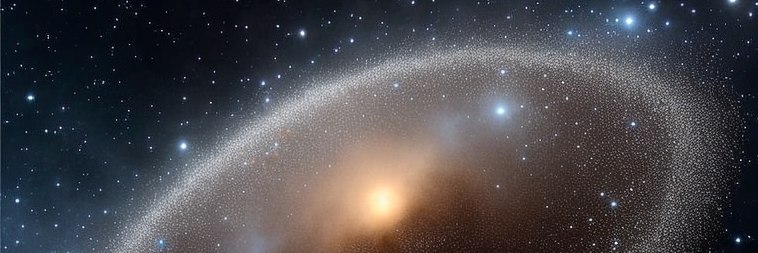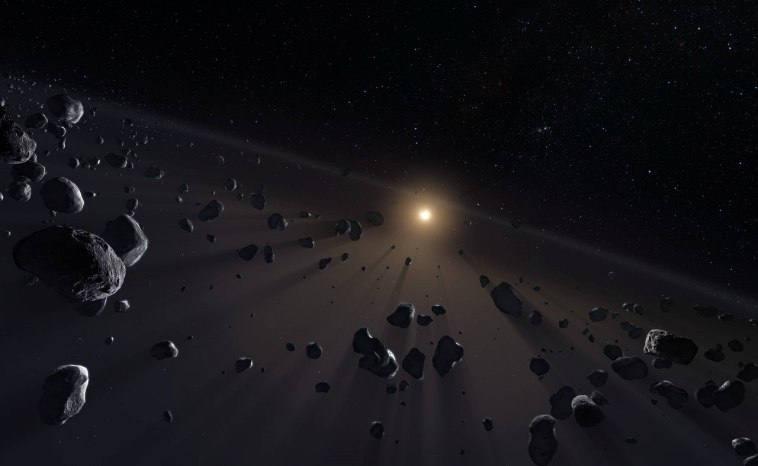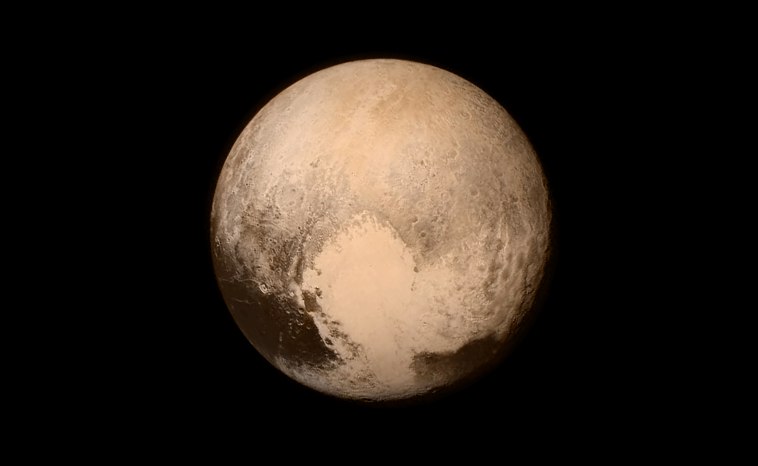What Is the Kuiper Belt?

When you think of the Solar System, your first thought probably goes to either the Sun or one of its orbiting planets. But beyond the path of Neptune lies a frontier of which we are only just beginning to scratch the surface. In this article, we’ll delve into the icy world of the Kuiper Belt.
What Is the Kuiper Belt?
The Kuiper Belt is a doughnut-shaped disc of icy objects left over from the formation of the Solar System. It is somewhat similar to the asteroid belt, located between the orbits of Mars and Jupiter. However, while the asteroid belt primarily plays host to rocky or metal asteroids, Kuiper Belt objects are largely icy lumps of frozen gases, such as methane and ammonia, along with frozen water.
While we don’t have anything like an exact figure, the Kuiper Belt is perhaps home to hundreds of thousands of icy bodies bigger than 100 km. It may also contain trillions of comets.

European Southern Observatory, CC BY 2.0, via Wikimedia Commons
European Southern Observatory, CC BY 2.0, via Wikimedia CommonsWhere Is the Kuiper Belt?
The Kuiper Belt begins after the orbit of Neptune, around 30 astronomical units (AU) away from the Sun. One AU is equal to the distance from the Sun to the Earth. The belt extends to approximately 50 AU from the Sun, making it 20 times wider than the asteroid belt. Beyond the far edge of the Kuiper Belt lies the scattered disc, a more sparsely populated disc that also contains icy bodies left over from the Solar System’s formation. The scattered disc region may be the origin of most of the periodic comets that enter the inner Solar System.
What Objects Are Inside the Kuiper Belt?
Notable inhabitants (referred to as Kuiper Belt objects, or KBOs) belong to a wide-ranging group of things known as trans-Neptunian objects (TNO). TNOs are any minor planet that orbits the Sun beyond the average orbit of Neptune.
The most famous KBO is undoubtedly Pluto, discovered in 1930 and classed as the ninth planet of the Solar System until astronomers redefined it as a dwarf planet in 2006. Other notable KBOs include the dwarf planets Orcus, Haumea, and Makemake, along with 486958 Arrakoth, the target of a fly-by by the NASA New Horizons probe. Eris, one of the largest known dwarf planets, lies just beyond the Kuiper Belt in the scattered disc region. The Kuiper Belt may also play host to the elusive Planet Nine, the hypothetical ninth planet of the Solar System whose existence would explain the observed clustering of some TNOs.

What Is Beyond?
After the belt and the overlapping scattered disc region lies an area of space occupied only by what are known as detached objects. These are a group of minor planets that Neptune’s gravity only loosely influences, separating them from the rest of the Solar System.
While the outer reaches of the Solar System are largely unobserved, it is believed that the very edges are occupied by the Oort Cloud, a massive theoretical sphere of icy bodies. The Oort Cloud may be the source of long-period comets and could extend as far as 100,000 or even 200,000 astronomical units away from the Sun – over halfway towards Alpha Centauri, the nearest star to the Sun.
Discovering New Horizons
There’s a massive chunk of the Solar System beyond Neptune that we know relatively little about even today. But with new probe missions and tools such as the incredible James Webb Space Telescope, we’re learning more and more about the far reaches of our Solar System. While we wait for more amazing facts about the region, why not try out the OSR Star Finder App? Using the app, you can browse our galaxy’s iconic stars and constellations and find your own named star.

